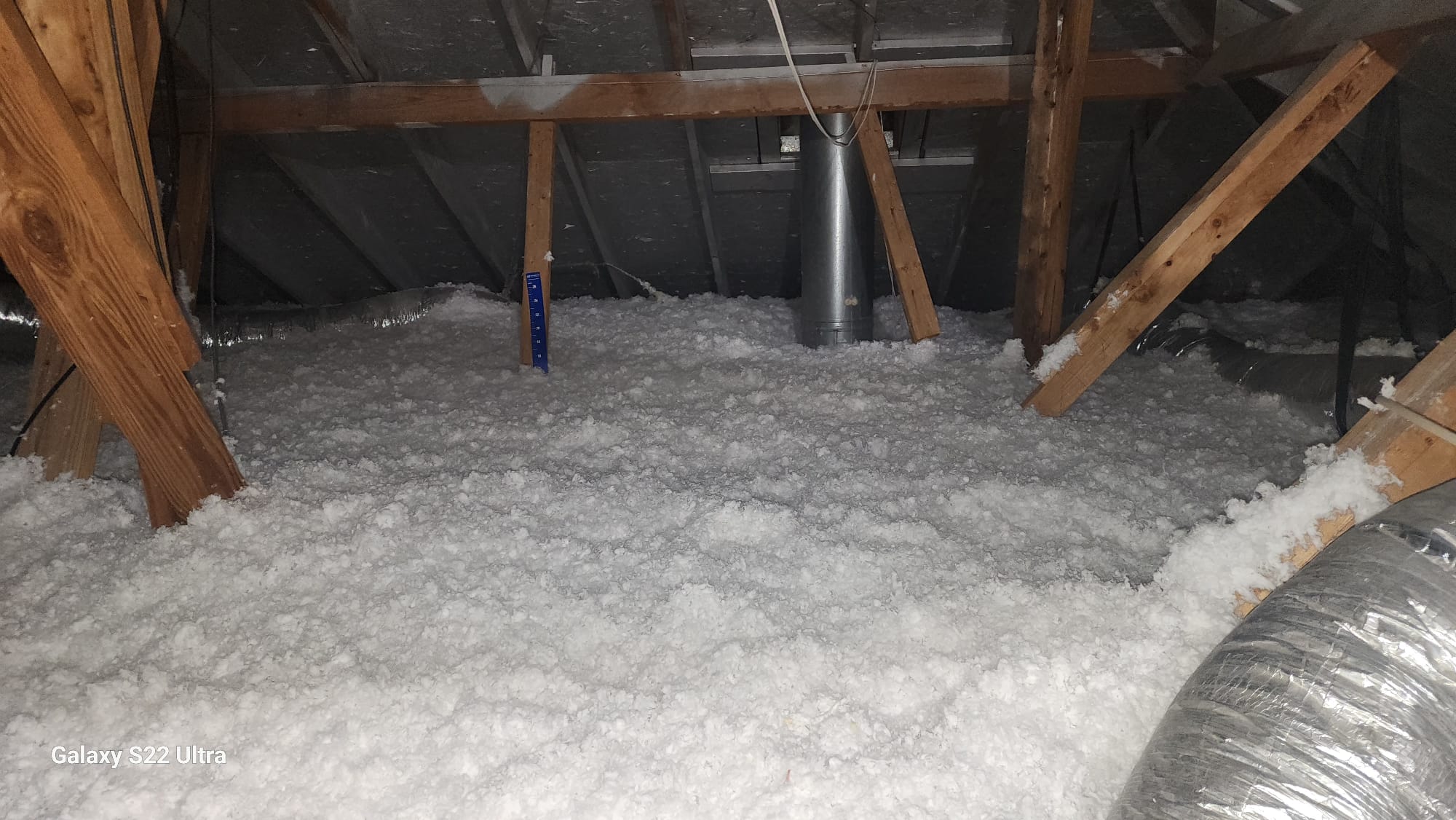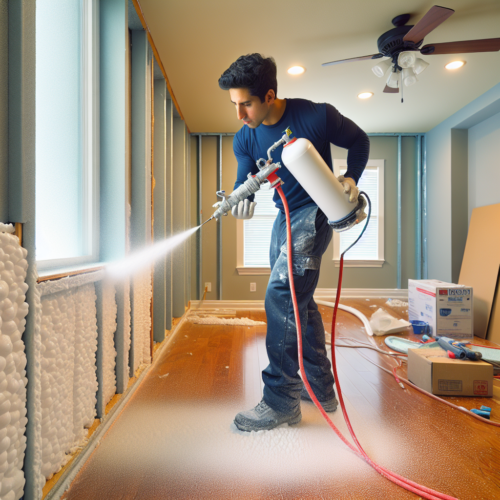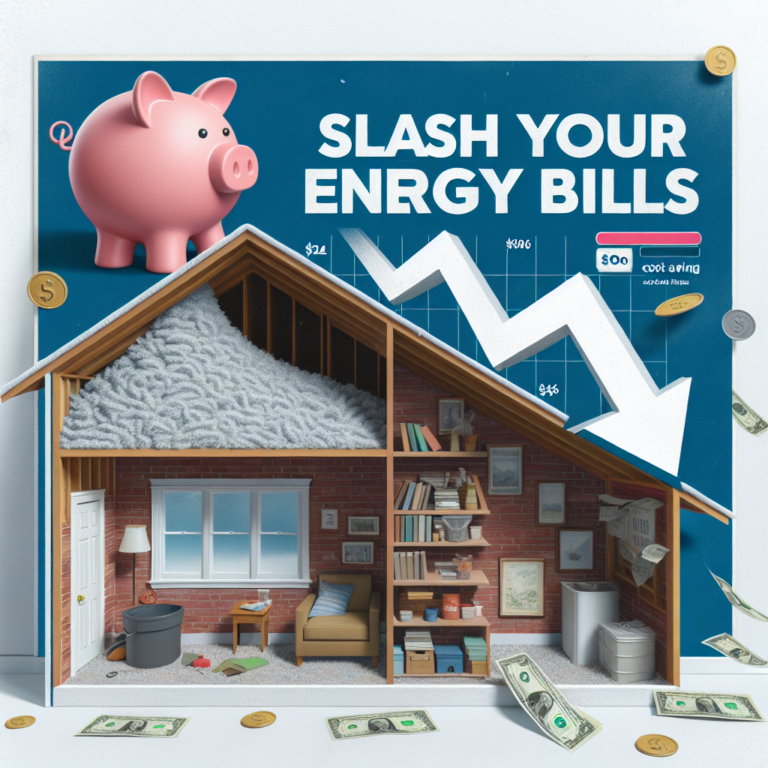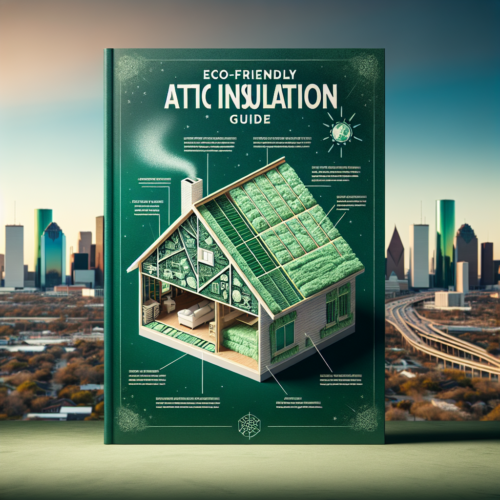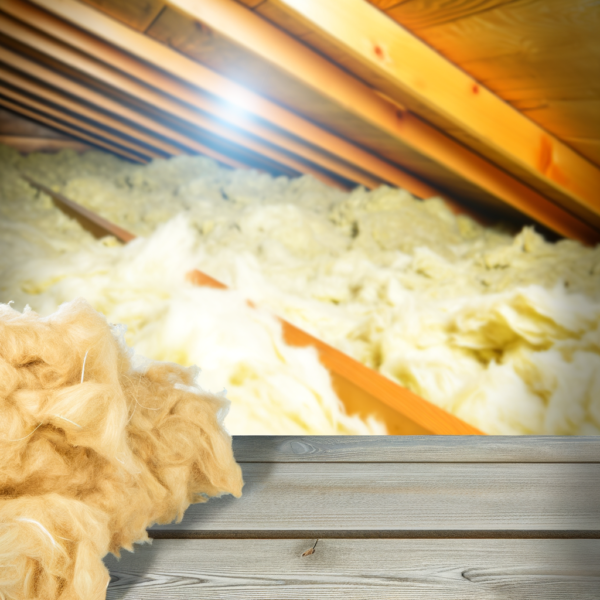Slash Your Energy Bills: The Surprising Cost of Blown-In Attic Insulation
Introduction
Skyrocketing energy bills can turn any homeowner green with frustration. Yet the secret to slashing those monthly statements might be hiding just above your ceiling. Blown-in attic insulation can transform an overheated, drafty attic into a high-performance thermal barrier, keeping your home cozy in winter and cool in summer. Combine it with strategic spray foam sealing, and you’ll wonder why you didn’t upgrade sooner.
H2: Understanding the Cost of Blown-In Attic Insulation
Blown-in attic insulation refers to loose-fill fibers—fiberglass, cellulose, or mineral wool—pneumatically shot into the attic cavity. Installed over existing insulation or as a standalone layer, it fills gaps and crevices more thoroughly than batt rolls. But what does it cost?
• Material costs:
– Fiberglass: $0.50–$1.00 per square foot
– Cellulose (recycled paper): $1.00–$1.50 per square foot
– Mineral wool: $1.50–$3.00 per square foot
• Labor and equipment: $0.50–$1.50 per square foot
• Average total: $1,500–$2,500 for a 1,000 sq ft attic
Factors influencing cost:
– Attic size and ceiling height
– Accessibility (knee walls, walkways)
– Additional prep (sealing air leaks, installing baffles)
– Local labor rates
Despite an upfront investment, blown-in attic insulation pays dividends. Properly insulated attics can reduce heating and cooling bills by up to 20%, translating into hundreds of dollars saved each year.
H2: Blown-In Attic Insulation vs. Spray Foam: Which Saves More?
When weighing blown-in attic insulation against spray foam, homeowners must balance installation cost against long-term performance.
Blown-In Insulation
– Pros: Lower upfront cost, quick installation, effective gap filling
– Cons: Settles over time, may require additional top-ups after 20–30 years
Spray Foam Insulation
– Pros: Superior air sealing (reduces drafts by up to 40%), stable R-value, moisture barrier, lifespan up to 80 years
– Cons: Higher initial expense—$1.00 to $2.00 per board foot for closed-cell foam, plus labor
Cost-Effectiveness Comparison
– Initial cost: blown-in wins
– Longevity and airtight seal: spray foam wins
– Hybrid approach: seal critical air leaks with spray foam, then cover with blown-in attic insulation to maximize both budget and performance
H2: Maximizing Energy Efficiency with Blown-In Attic Insulation and Spray Foam
To extract every watt of savings from your attic, adopt a two-pronged strategy:
1. Air Sealing with Spray Foam
Seal penetrations around plumbing vents, wiring chases, and recessed light fixtures. Even a few small leaks can rain energy dollars down your chimney.
2. Thermal Bulk with Blown-In Insulation
Add a 10–14 inch layer of blown-in fibers for an R-value of R-30 to R-49. This bulk layer slows heat transfer and boosts HVAC efficiency.
3. Maintain Proper Ventilation
Install baffles at eaves to prevent roof deck moisture buildup. Good ventilation extends roof life and preserves insulation performance.
4. Regular Inspections
Check for rodent nests, moisture stains, and settling every 3–5 years. Top off blown-in attic insulation as needed to maintain optimal R-value.
By pairing air-tight spray foam zones with a thick layer of blown-in attic insulation, you lock out unwanted heat in summer and keep warmth where it belongs in winter. The result: a comfortable home and smaller utility bills year after year.
H2: Frequently Asked Questions about Blown-In Attic Insulation
Q: How long does blown-in attic insulation last?
A: Depending on material and attic conditions, expect 20–30 years before settling or compression impacts performance.
Q: Can I install blown-in insulation myself?
A: Homeowners can rent a blow-in machine and tackle simple jobs, but professional installers ensure correct density, coverage, and safety protocols.
Q: Will insulation reduce outside noise?
A: Yes. Cellulose and mineral wool options excel at sound dampening, making them ideal for noisy neighborhoods.
Q: Are there rebates or tax credits?
A: Many utility companies and federal programs offer incentives for insulation upgrades. Check ENERGY STAR® and local energy providers for current offers.
Conclusion
Investing in blown-in attic insulation is one of the most straightforward ways to lower your energy bills, increase home comfort, and boost resale value. While upfront costs range from $1,500 to $2,500 for an average attic, the long-term savings—often 15–20% on heating and cooling—quickly offset that investment. For optimal results, combine spray foam air sealing with a substantial layer of blown-in attic insulation. Your wallet (and the planet) will thank you.


